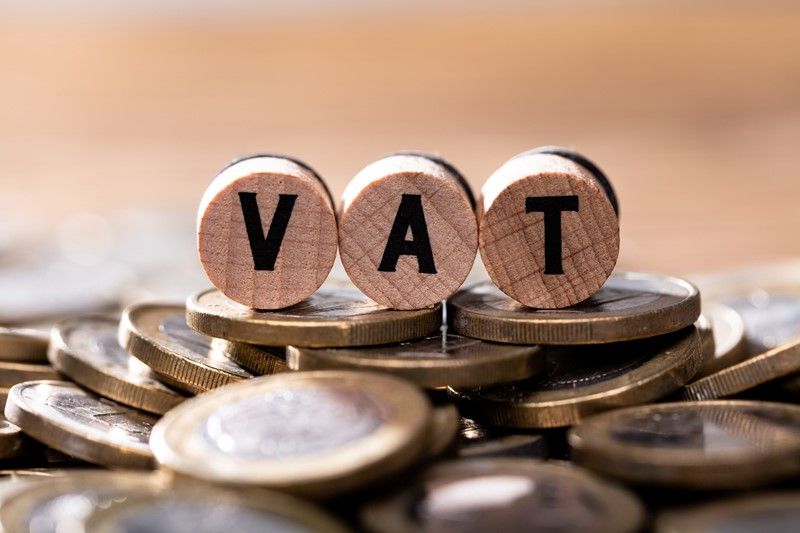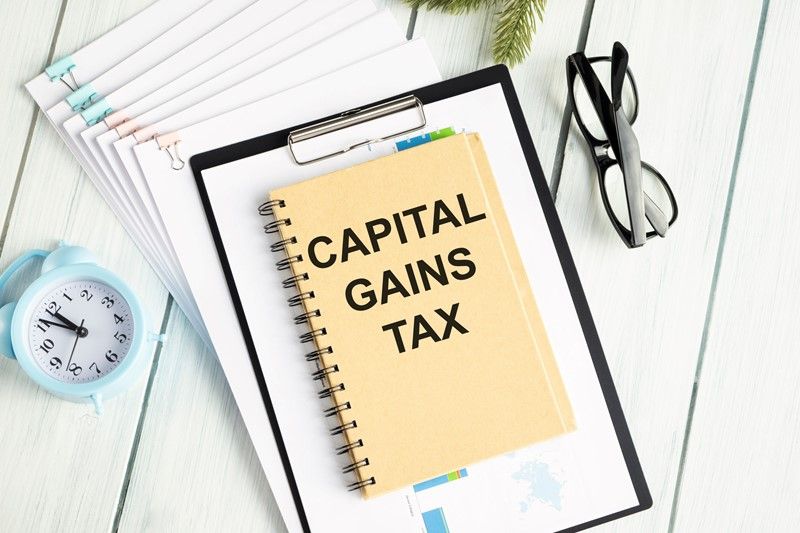Claiming VAT on pre-registration purchases
Businesses can reclaim VAT on pre-registration expenses if they relate to taxable supplies made after VAT registration. The rules differ for goods and services, with time limits of 4 years for goods and 6 months for services. Proper understanding ensures you don't miss out.
VAT can only be reclaimed if the pre-registration costs relate to taxable goods or services that will be supplied by the business after it becomes VAT registered.
Different rules apply depending on whether the costs are for goods or services:
Goods: VAT can be reclaimed for goods still held by the business or for goods used to produce other goods still in possession of the business.
- Time limit for reclaiming: 4 years from the date of registration.
Services: VAT can be reclaimed for services related to the business.
- Time limit for reclaiming: 6 months from the date of registration.
Pre-registration VAT should be reclaimed on the business’s first VAT return. In certain cases, it may be possible to backdate the VAT registration. This should be considered if there is additional Input Tax that can be recovered.
There are specific provisions for partially exempt businesses, businesses with non-business income, and the purchase of capital items under the Capital Goods Scheme (CGS). These rules may affect the recoverability of VAT and should be reviewed in detail based on the circumstances of the business.




